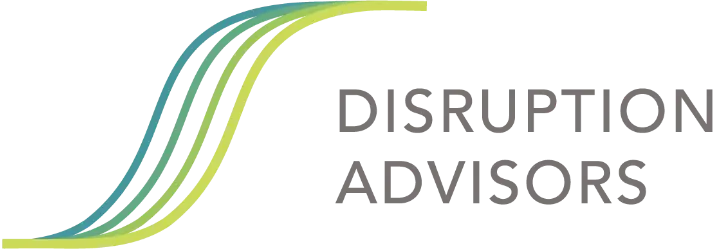“Less explanation is more convincing than more explanation.” Alan Cohen
This past week, my speaking took a different and challenging turn.
I was invited to deliver a Pecha Kucha at DisruptHR Salt Lake City, a five-minute speech where the slides change every fifteen seconds. Pecha Kucha is Japanese meaning, approximately, chit chat. The goal is to have the visual impact of the slides carry your meaning at least as much as your words do. More show, less tell.
I had a plan, which helped me feel more comfortable about this unconventional format, but then the conference organizer (who is very familiar with our work and has heard our stories) threw down the gauntlet:
“Will you tell a story that no one has ever heard?” No. One. Wow.
This was an unexpected challenge. The slides, of course, are carefully curated to accompany a prepared speech with an illustrative story or two. Suddenly, I needed a new speech, five minutes long, that would narratively track to work with the arrangement of my slides.
Conveniently, I had that very morning gone skiing and broken my shoulder, so I did indeed have a new, never-told story to share. Happy to oblige, David Alsop.
It was a great exercise in constraints. I had limited time to prepare and a short timeframe to present. And the restrictions imposed on my storytelling by the nature and arrangement of the slides. The skiing accident story was new and fresh, unknown to anyone at that point, but it still had to be shaped to be on topic, told in a way that cohered with the order and subject matter of the slides, and contained within the small window of allotted time. It was an uncomfortable, disruptive set of constraints.
I had to slow down, think on my feet, edit as I went, and say less, not more. And frankly, I think we all know that it’s always easier to say more.
It was great to be knocked out of my comfort zone. But wow! Those five minutes were a lot of work!
There are often many constraints at the launch point of a new S Curve. We may lack knowledge, skills, money, time, human support, and other resources we might think we need. Learning to navigate these constraints helps us grow.
When you move into the sweet spot of an S Curve, it’s often because the constraints have fallen away or been compensated for. We have more revenue, more understanding, more help, etc. But constraints keep us sharp, resourceful, and growing.
If we want to stay in the sweet spot, one of the best helps is not just to embrace our constraints, but sometimes we need to impose constraints, as happened with this speech.
Whether you are a speaker, a leader, a writer, a coder, or whatever if you want to say in the sweet spot, impose constraints. A short timeline. A limited budget. A small team. Cook a new meal using only four ingredients and one pan. Constraints demand creativity and innovation. You’ll get better at your craft, grow more, and have more fun.
Our podcast guest this week is Tom Peters –– sort of. Recently Tom had the idea to start a podcast of his own: Extreme Humanism. That’s also the name of one of his recent books. And he asked me to be his first guest. So, we talked. And then he retired, and we’ve had the interview on tape ever since.

Our team at the Disrupt Yourself podcast polished it up, and we’re happy to present Tom Peters interviewing me. And at the end, I interview my daughter, Miranda. Enjoy!
Thank you for being here!
My best,
Whitney
P.S. Here’s Seth Godin’s (who we had on the podcast) tribute to Tom.
P.P.S. Disruption Advisors is now accepting enrollment for our live, in-person Smart Growth Certification courses which I will host. I would love to see you and work with you in person! Explore our certification program.

